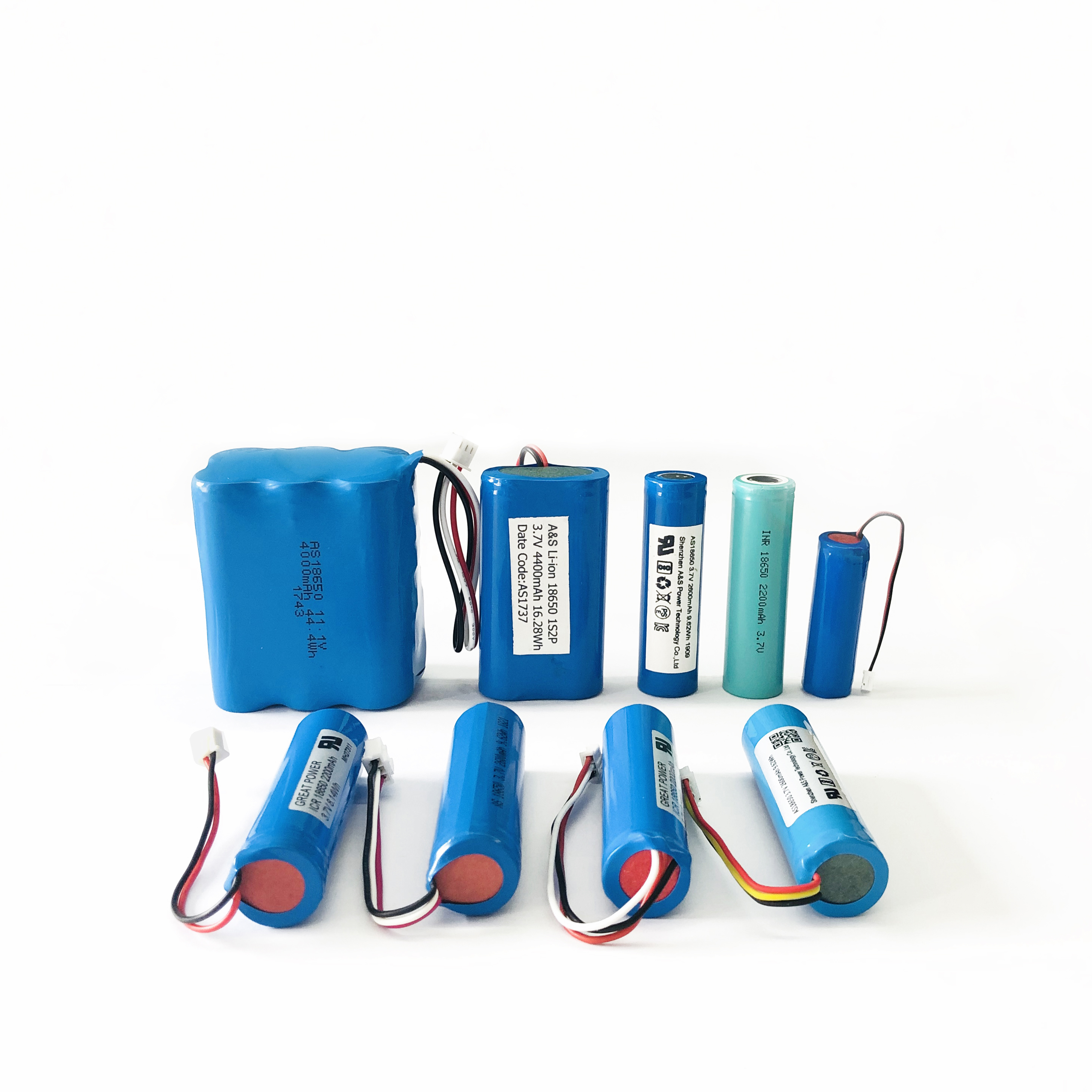Why are Protection Circuits Needed?
2021-06-23
Learn how to make batteries safe with built-in protection circuits.
Batteries can release high energies and the safety requirements for nickel- and lithium-based batteries(Li-polymer batteries/Li-ion batteries/LiFePo4 batteries) and cells for portable applications are harmonized under IEC 62133. The standard came into effect in 2012 to reduce the global risk in transporting, storing and operating batteries.
The most basic safety device in a battery is a fuse that opens on high current. Some fuses open permanently and render the battery useless; others are more forgiving and reset. The positive thermal coefficient (PTC) is such a re-settable device that creates high resistance on excess current and reverts back to the low ON position when the condition normalizes.
Further layers of safeguards are solid-state switches that measure the current and voltage and disconnect the circuit if the values are too high. The protection circuits of Li-ion work on this on/off basis. All switching devices have a residual resistance that causes a slight increase in overall battery resistance and a subsequent voltage drop.
Intrinsically Safe Batteries
Safety is vitally important when using electronic devices in hazardous areas. Intrinsic safety (IS) ensures harmless operation in areas where an electric spark could ignite flammable gas or dust. Hazardous areas include oil refineries, chemical plants, grain elevators and textile mills.
All electronic devices entering a hazardous area must be intrinsically safe. This includes two-way radios, mobile phones, laptops, cameras, flashlights, gas detectors, test devices and medical instruments, even when powered with primary AA and AAA cells. Intrinsically safe devices and batteries contain protection circuits that prevent excessive currents that could lead to high heat, sparks and explosion. The hazard levels are subdivided into these four disciplines.
1. Types of Hazardous Materials present
Class I Flammable gases, vapors or liquids in petroleum refineries, utility gas plants
Class II Combustible dust in grain elevators, coal preparations plants
Class III Ignitable fibers and flyings in textile mills, wood processing creating sawdust, etc.
2. Likelihood of Hazardous Materials present
Division I Hazardous materials can exist in ignitable concentrations
Division II Hazardous materials will not likely exist in ignitable concentrations
3. Potency of Hazardous Material (Groups from A to G)
A hazardous material is given a designation of: Acetylene (A), hydrogen (B), ethylene (C), propane, gasoline, etc. (D), metal dust (E), coal dust (F) and grain dust (G).
4. Temperature Codes (from T1 to T6)
The explosion danger of gases or combustible dust is affected by surface temperature. T1 is a hot 450ºC (842ºF); T6 is a moderate 85ºC (185ºF). All other temperatures fall in between.
Intrinsic safety requirements vary from country to country. North America has the Factory Mutual Research Corporation, Underwriters Laboratories (UL) and Canadian Standards Association (CSA); Europe has the ATEX directive; while other countries follow the IECEx standards. Many countries recognize harmonized IEC 60079.












